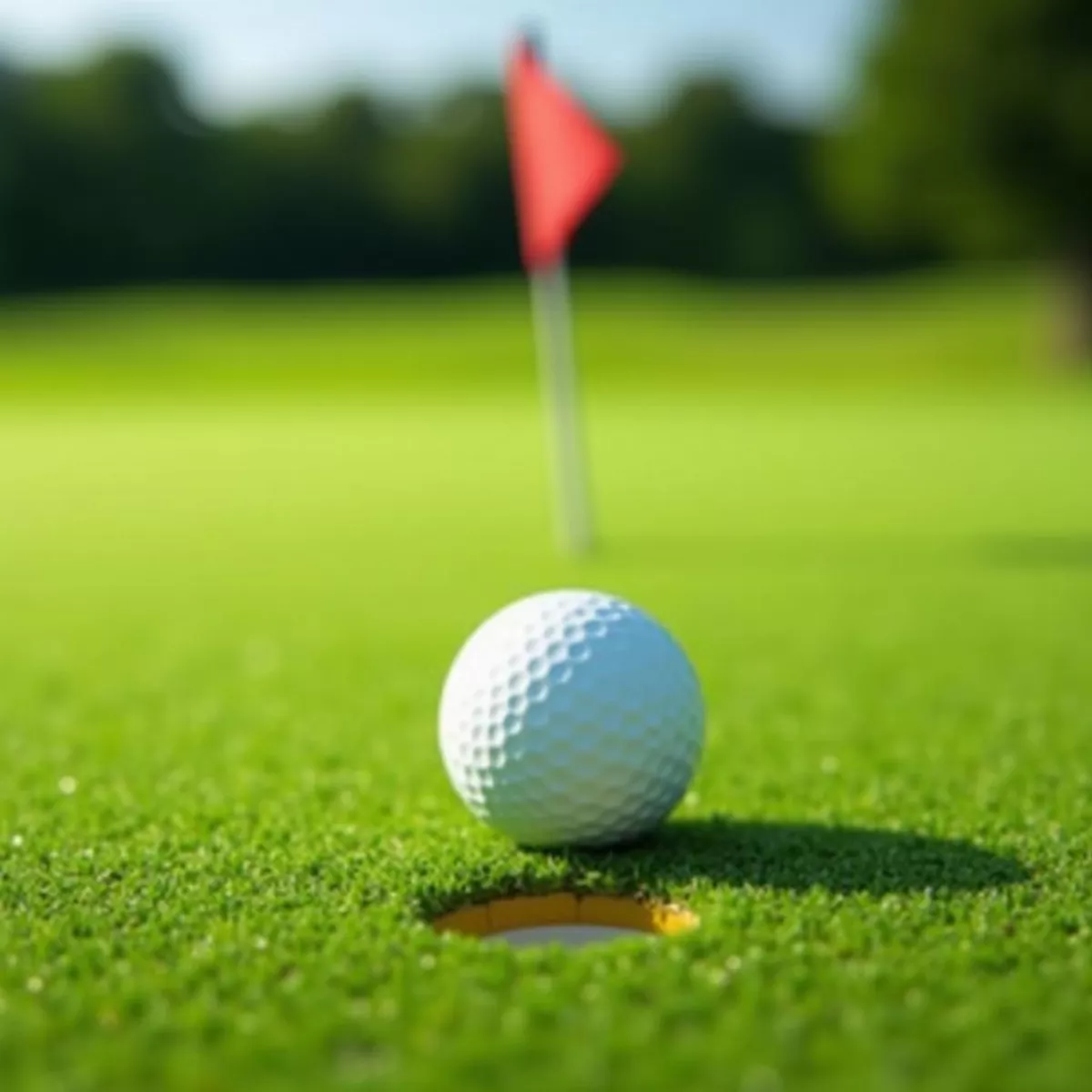When you step onto a golf course, you might notice a variety of colorful golf balls, including yellow ones. It begs the question: if those bright yellow balls are so visible, why don’t professional golfers use them? In this article, we will explore the reasons pros tend to stick with traditional white golf balls, while also diving into the advantages and disadvantages of different colored golf balls.
The Color Factor: Visibility vs. Tradition
Visibility is one of the primary reasons golfers opt for yellow balls. They stand out beautifully against green grass and blue skies. Yet, among professionals, the consensus leans towards white balls. Let’s examine the factors contributing to this preference.
Factors Influencing Color Choice
- Tradition: Golf has been a long-standing tradition, with white balls being the standard for decades. Most pros grew up playing with white balls, and old habits die hard.
- Aesthetics: The look of a white ball against a well-manicured green feels traditional and familiar. Pros often believe that the aesthetic of the game matters, adding to the experience.
- Perceived Performance: Many players feel that yellow golf balls don’t provide the same level of performance as white ones. This perception could be due to less familiarity during practice rounds or their overall brand experience with white balls.
 Professional Golfer Teeing Off
Professional Golfer Teeing Off
Performance Aspects
Golf performance hinges on several factors, and color can play a subtle role. Here are some considerations:
- Spin and Control: Professionals need complete confidence in their spin and control. Although many high-quality yellow balls perform similarly to white ones, the trust in old favorites leads many pros to stick to what they know.
- Distance: Some misconceptions exist about distance associated with different-colored balls. For instance, some believe that colored balls don’t travel as Far. While technology has improved, and manufacturers create competitive colored options, habits are hard to break.
Style and Branding
Branding in sports is influential, especially in golf. Major golf equipment brands sponsor professional players, emphasizing certain features, including ball color.
Marketing Influence
- Player Affiliation: Players align themselves with brands that project professionalism, and traditionally white balls are part of that image. Sponsorship agreements further restrict color choices, often pushing players toward specific products.
- Tour Standards: Professional golf tours have conventions about ball colors primarily to create uniformity and maintain a professional aesthetic.
 Golf Balls in a Row
Golf Balls in a Row
Emotional and Psychological Factors
Golf is as much a mental game as it is physical. Players need to feel comfortable and settled. Here’s how yellow balls may not offer that precise psychological comfort.
Psychological Comfort
- Familiarity Breeds Comfort: Many pros have relied on white balls for years. The comfort of regimens, like using familiar equipment, helps with focus and performance.
- Mindset: When a golfer steps up to the tee, their mindset can significantly impact their shot. Pros get into a rhythm, and a simple change like using a yellow ball can disrupt that—however minor it may seem.
Economic Considerations
The production of golf balls involves considerable investment from manufacturers. Although yellow balls are available, demand for white balls holds strong among professionals.
Supply and Demand
- Consumer Choice: The vast majority of recreational golfers still favor traditional white balls, which means manufacturers focus on developing those more intensively.
- Cost Factors: White balls often come at competitive rates because they are mass-produced. In contrast, colored variants may be priced higher, further discouraging professional use.
 Golf Ball on Green with Flag
Golf Ball on Green with Flag
Environment and Safety
For most golf courses, environmental conditions and safety have a role to play.
Environmental Influences
- Weather Conditions: Yellow balls may perform poorly under certain weather conditions. For example, cloudy or overcast days can reduce their visibility, particularly against dark backgrounds.
Safety Aspects
- Course Layout: Dangerous or narrow course layouts can make it difficult for players to spot yellow balls. In crowded competitions, this can pose a safety concern for both players and spectators.
Key Takeaways
Understanding the reasons why pros don’t use yellow golf balls reinforces several points about tradition, performance, and the mental aspect of the game:
- Tradition: The game has historical roots that favor white balls.
- Visibility isn’t everything: While yellow balls are visible, white remains the preferred choice.
- Psychological comfort: Familiarity in all aspects of play helps players maintain focus.
- Economic considerations: The popularity of white golf balls leads to better pricing and availability.
- Marketing and Standards: Tour regulations and brand sponsorship influence preferences.
FAQ: Why Don’t Pros Use Yellow Golf Balls?
1. Do professional golfers ever use colored balls?
Yes, some professionals have used colored balls for specific tournaments or in adverse conditions, but it’s uncommon.
2. Are yellow golf balls easier to see?
While yellow golf balls are often easier to see, visibility can depend on environmental conditions like light and weather.
3. Do colored balls perform differently than white balls?
Generally, they do not perform differently, but perception and familiarity can influence player choices.
4. Are there any advantages to using yellow golf balls?
Some golfers appreciate the visibility and the aesthetic playfulness, but the psychological comfort of white remains predominant.
5. Can recreational golfers benefit from using yellow golf balls?
Yes, many recreational golfers find yellow balls helpful in terms of visibility, especially for beginners.
6. What brands offer high-quality yellow golf balls?
Brands like Callaway, Bridgestone, and Srixon provide excellent quality in a colored option.
7. Should I switch to yellow golf balls?
If you find them easier to see and more enjoyable, feel free to switch! Personal comfort trumps tradition.
8. Are yellow golf balls compliant with professional standards?
Yes, as long as they adhere to USGA regulations, yellow golf balls are compliant.
9. How do playing conditions affect ball color choice?
Visibility factors, natural lighting, and course conditions play a role in which colored balls are preferred.
10. How can I test which colored ball works best for me?
You can perform a personal trial in various conditions to see which ball provides comfort and performance that suits your style.
 Golf Bag and Clubs
Golf Bag and Clubs
In conclusion, while the vibrant color of yellow golf balls has its appeal, professional golfers remain loyal to white balls for various reasons—tradition, aesthetics, performance perception, and psychological comfort. Whether you’re a seasoned pro or a weekend warrior, understanding your preferences can help you elevate your game on the green. Happy golfing!

